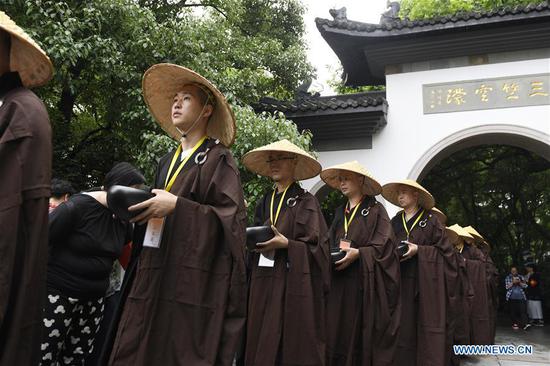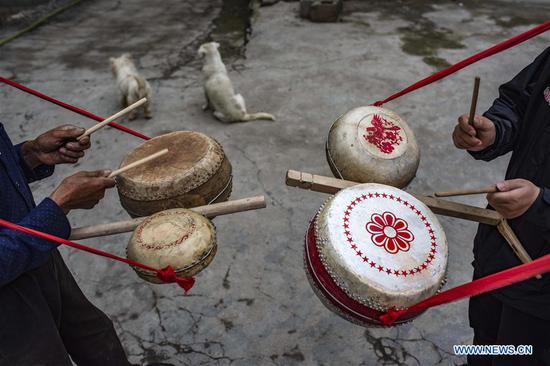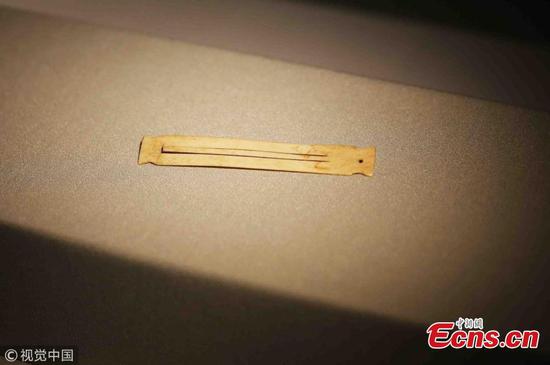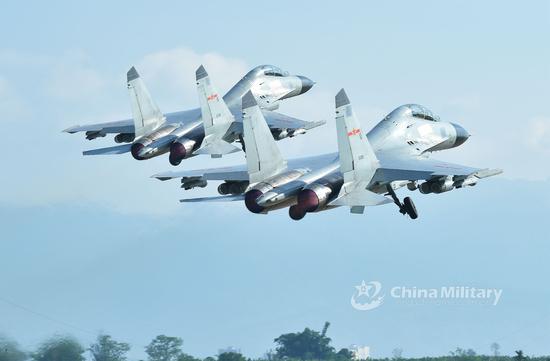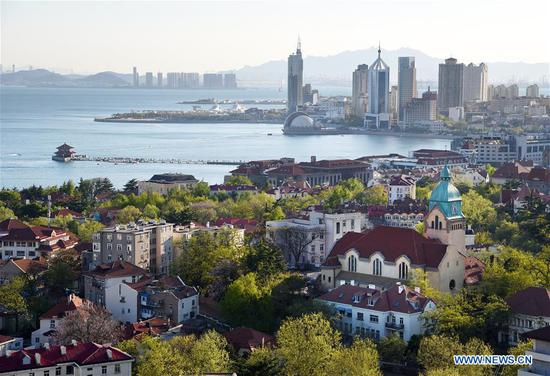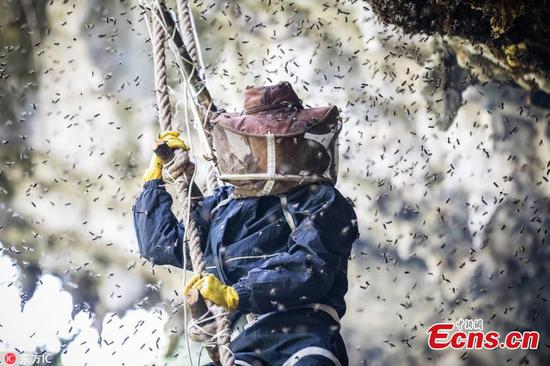Nature is prioritizing Ebola research that will help contain the disease outbreak in the Democratic Republic of the Congo (DRC), the leading science journal announced on Monday.
The publication stated that the Ebola outbreak in the DRC “requires prompt responses,” so its editors will “treat relevant submissions with priority,” and “make research freely available for a period subject to future review.”
The spread of the virus so far has reportedly affected 46 people, killing 26, according to a World Health Organization (WHO) press statement.
The emphasis on research to save lives during a disease outbreak is different from previous efforts, according to Peter Salama, the WHO director-general for emergencies. “In the past our major objective was containment,” he said at a May 18 press conference. “One of the paradigm shifts we’re seeing in this response is to offer communities a lot more.”
Such measures include deploying experimental drugs that have not yet proven significant in lowering the risk of death from Ebola, even though some were used in the West Africa outbreak that saw more than 11,000 deaths from 2014 to 2016. This time, however, authorities are keen to administer the drugs early on to see if they can make a difference.
Another strategy under consideration is the ring vaccination approach, which aims to vaccinate the people that have come into close contact with an infected individual. The strategy was successfully used to help eliminate smallpox in the 1970s.
While it has called for new research tackling Ebola, Nature published a review of related studies in January detailing the disease mechanism and its treatment options.
What does Ebola do to the patient?
The Nature article states that disease symptoms caused by Ebola and related viruses usually take an average of four to 10 days to manifest after exposure. Such symptoms can include onset of fever, organ failure, and longer blood-clotting periods. For those fortunate enough to survive, they may still have body pains, headaches, and vision problems.
How does it spread?
The Ebola virus hijacks the mechanism of their host cells to replicate, like many viruses do. What Nature studies have found, however, is that the virus also tampers with the host cell’s ability to detect viruses, so the immune system isn’t able to activate appropriate responses to the infection until it’s too late.
How can we treat it?
To address how Ebola attacks the body, the article advocates for “crippling [its] defenses” to allow the immune system to recognize it as a virus, and also to control its replication to provide the immune system with enough time to respond.
Instead of applying vaccines or treatments one by one, the review proposes using a combination of therapies, such as ZMapp for infections, and favipravir or GS-5734 for patients who are recovering or have relapsed. Health authorities are considering using all three experimental drugs in the current outbreak.
So far, over 7,500 of the rVSV-ZEBOV Ebola vaccines have been deployed to the DRC. The vaccine was shown to be effective in protecting against the disease in a 2015 trial with over 5,000 participants.
Though research has taken a front seat, health authorities are asking for more than medical breakthroughs. In its Monday press statement, the WHO said that relevant organizations need 26 million US dollars to tackle the regional outbreak in the coming three months.














